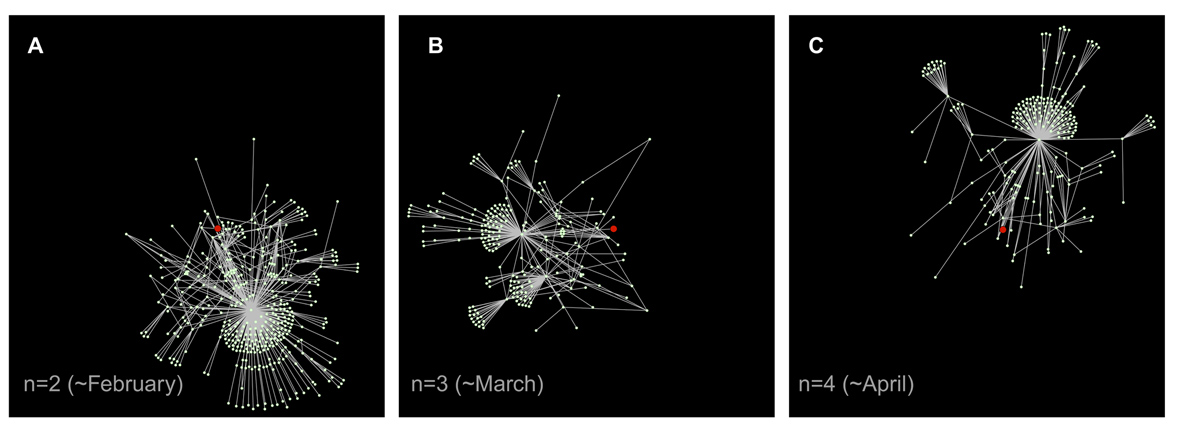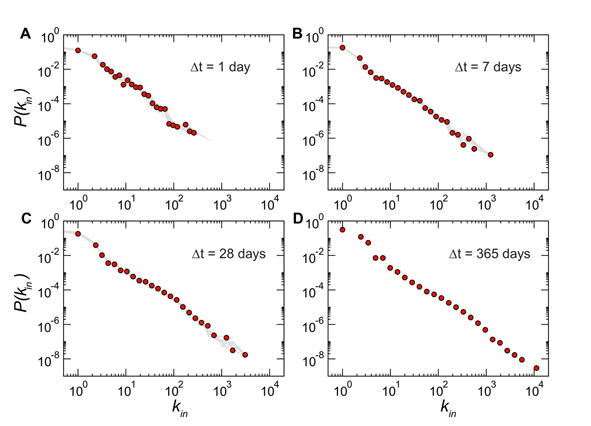publications, research
New paper in PLoS ONE on dynamical patterns of livestock movements May 12, 2011

By recognizing that livestock displacements represent the mean for the rapid dissemination of zoonotic diseases from farm to farm through infected animals, we focused on the analysis of the highly detailed Italian dataset of livestock movements in this pubblication:
Dynamical patterns of cattle trade movements
Paolo Bajardi, Alain Barrat, Fabrizio Natale, Lara Savini, Vittoria Colizza
PLoS ONE 6(5): e19869(2011).
Animal diseases may compromise livestock welfare and reduce productivity, and may in addition represent a threat to human health, since the emergence of human diseases is dominated by zoonotic pathogens. Disease management and control is thus very important in order to reduce such risks and prevent large economical losses.
 By leveraging on a network science approach, we represent the dataset in terms of nodes (premises) and links (livestock displacements between two farms). We unveil topological large heterogeneities that are stationary at every time scale, and through a longitudinal exploration at the micro level we highlight strong temporal fluctuations. In particular, the links lifetime and the number of displaced bovines do not have a well-defined time-scale, so that the most common used nodes centrality measures are not effective in this system.
By leveraging on a network science approach, we represent the dataset in terms of nodes (premises) and links (livestock displacements between two farms). We unveil topological large heterogeneities that are stationary at every time scale, and through a longitudinal exploration at the micro level we highlight strong temporal fluctuations. In particular, the links lifetime and the number of displaced bovines do not have a well-defined time-scale, so that the most common used nodes centrality measures are not effective in this system.

These findings are particularly interesting when mitigation strategies based on targeted removal of special nodes are tested. Through a percolation analysis of the system, we have shown that in such situations intervention and control strategies devised using the information from static aggregated networks, or more generally from data from past mobility patterns, can thus result to be very inefficient.
Finally, we introduced and defined a novel method to further understand the system flows. By exploring the possible signatures of a temporal ordering of the bovine displacements and the presence of recurrent paths, it is possible to define dynamical motifs formed by sequences of links that allow causal propagation has been proposed. Additional details and the full analysis of the dynamical network can be found in the ms.
Posts by category: awards/honors, news, outreach, publications, research, talks, team news



